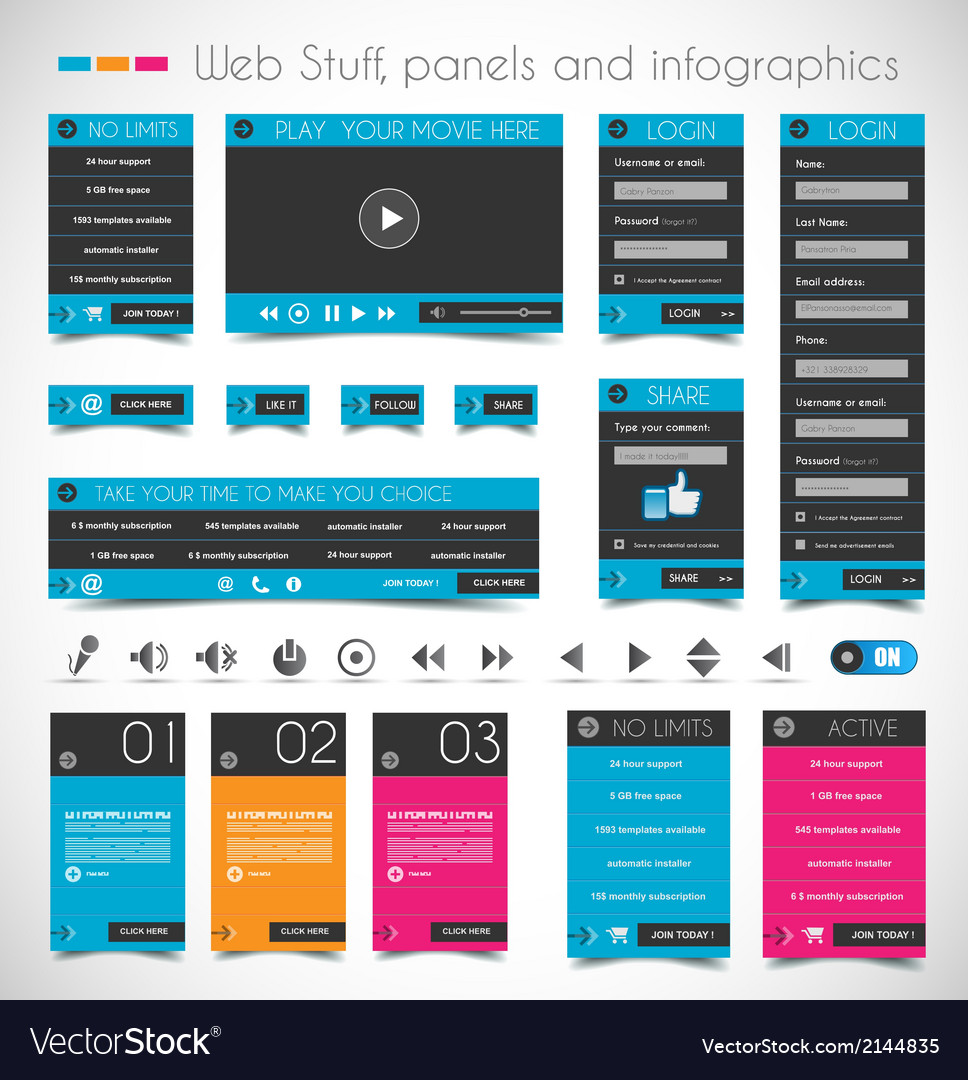Fascinated In Learning Exactly How Web Site Layout Has Altered Throughout The Years? Explore The Journey
Fascinated In Learning Exactly How Web Site Layout Has Altered Throughout The Years? Explore The Journey
Blog Article
Author-Johnsen Stender
In the past, web sites were simple and focused on info. Navigating was straight, and design was for desktop computers. Now, individual experience is crucial. Data overviews styles for simple navigating. Receptive formats match various gadgets. Today, dark setting decreases pressure, and minimalist menus boost navigating. Interactive attributes involve customers, and strong visuals stand out. AI assimilation increases involvement. See exactly how style has evolved to enhance your online journey.
Early Days of Web Design
In the very early days of website design, simplicity preponderated. Sites were fundamental, with restricted shades, typefaces, and designs. The focus got on giving details rather than fancy visuals. Individuals accessed the net with slow-moving dial-up connections, so speed and functionality were vital.
Navigation menus were straightforward, commonly located at the top or side of the page. Internet sites were designed for home computer, as mobile browsing wasn't yet prevalent. Web content was king, and designers focused on very easy readability over intricate style components.
Read the Full Document was the primary coding language utilized, and designers had to work within its constraints. Computer animations and interactive functions were marginal contrasted to today's standards. Web sites were static, with little vibrant content or customized user experiences.
Rise of User-Focused Style
With the evolution of internet site design, a change in the direction of user-focused style principles has become increasingly prominent. Today, producing sites that focus on user experience is crucial for engaging site visitors and achieving service objectives. User-focused layout includes recognizing the requirements, preferences, and behaviors of your target market to tailor the website's design, content, and includes appropriately.
Developers currently conduct complete research study, such as user surveys and usability screening, to collect understandings and feedback directly from users. This data-driven approach aids in creating instinctive navigation, clear calls-to-action, and visually enticing interfaces that reverberate with site visitors. By placing the customer at the facility of the design procedure, websites can provide a more customized and satisfying experience.
Receptive design has likewise become a vital facet of user-focused style, making sure that sites are maximized for numerous tools and screen sizes. This adaptability enhances access and usability, catering to the varied methods customers connect with sites today. Basically, the surge of user-focused style represents a change towards developing digital experiences that focus on the demands and assumptions of completion user.
Modern Trends in Website Design
Discover the most recent patterns shaping web design today. One popular pattern is dark setting layout, providing a sleek and modern look while lowering eye pressure in low-light environments. Another vital fad is minimal navigation, streamlining food selections and enhancing customer experience by concentrating on essential elements. Integrating micro-interactions, such as computer animated buttons or scrolling effects, can produce a much more engaging and interactive site. Receptive style stays crucial, making sure seamless user experiences across different tools. In addition, utilizing strong typography and asymmetrical layouts can include visual rate of interest and accentuate particular web content.
Integrating AI innovation, like chatbots for customer support or customized suggestions, enhances user interaction and improves procedures. Ease of access has also come to be a considerable pattern, with designers focusing on comprehensive design techniques to satisfy diverse individual requirements. Accepting sustainability by enhancing internet site performance for rate and efficiency is an additional arising pattern in web design. Teaming up with user feedback and data analytics to repeat and enhance layout constantly is necessary for staying pertinent in the ever-evolving electronic landscape. By accepting these contemporary patterns, you can produce an aesthetically enticing, easy to use internet site that reverberates with your audience.
Verdict
As you assess the advancement of website layout from the very early days to currently, you can see just how user-focused layout has actually ended up being the driving pressure behind contemporary patterns.
Embrace the trip of adjustment and adaptation in web design, always keeping the customer experience at the center.
Keep current with the current fads and modern technologies, and never stop advancing your approach to develop visually stunning and easy to use sites.
Evolve, adapt, and produce - the future of web design is in your hands.
